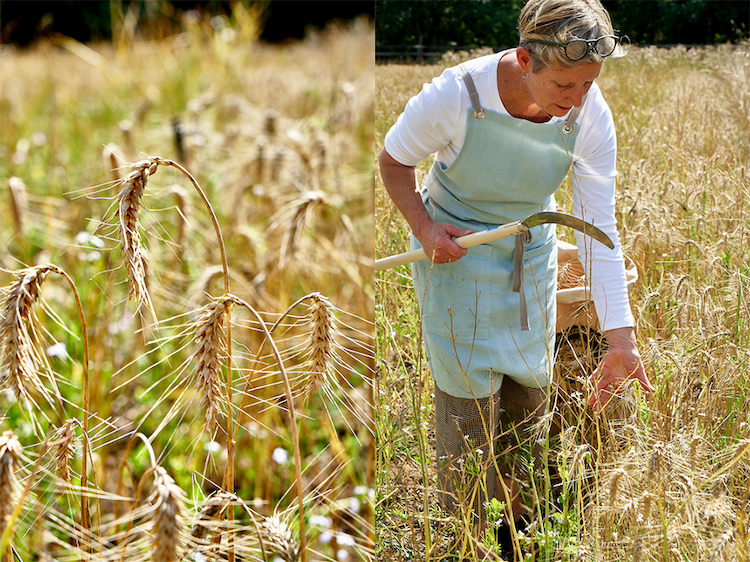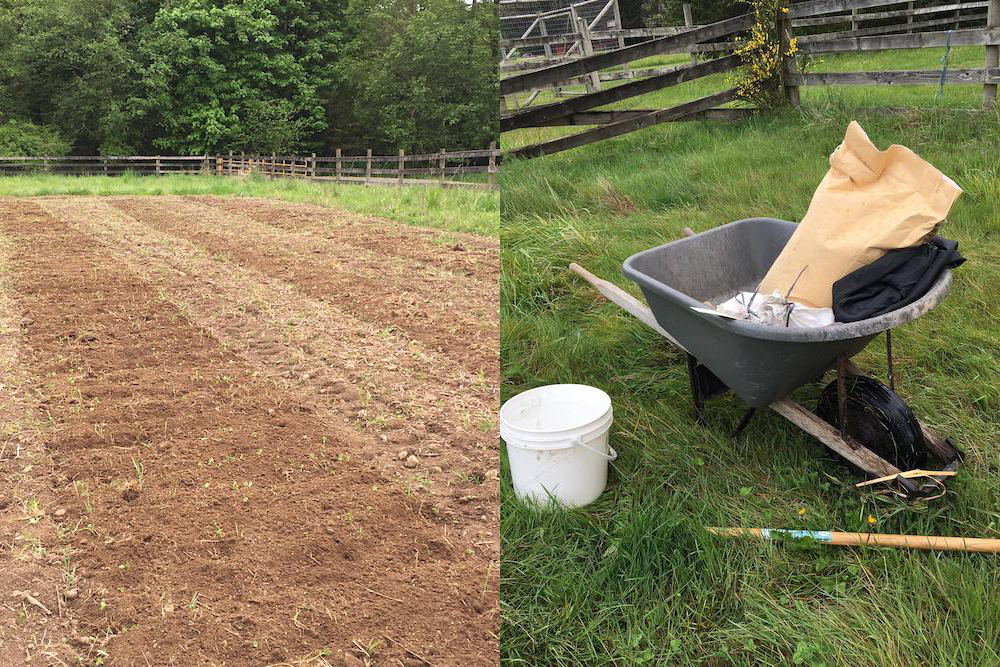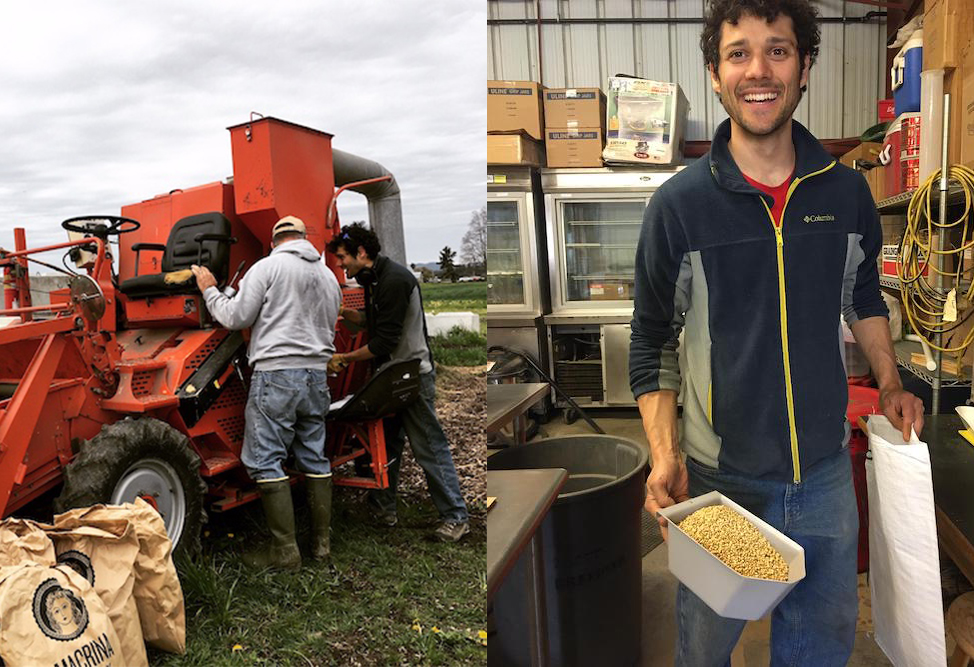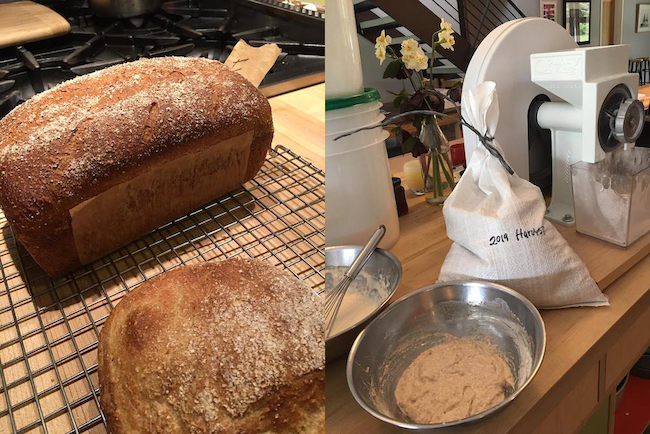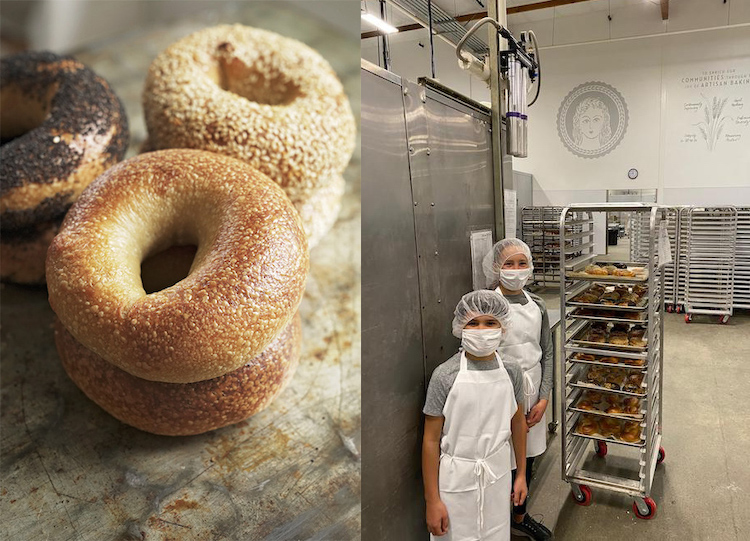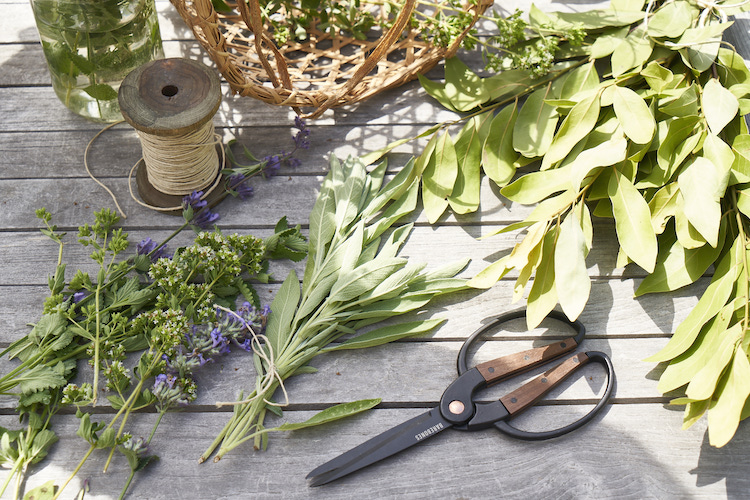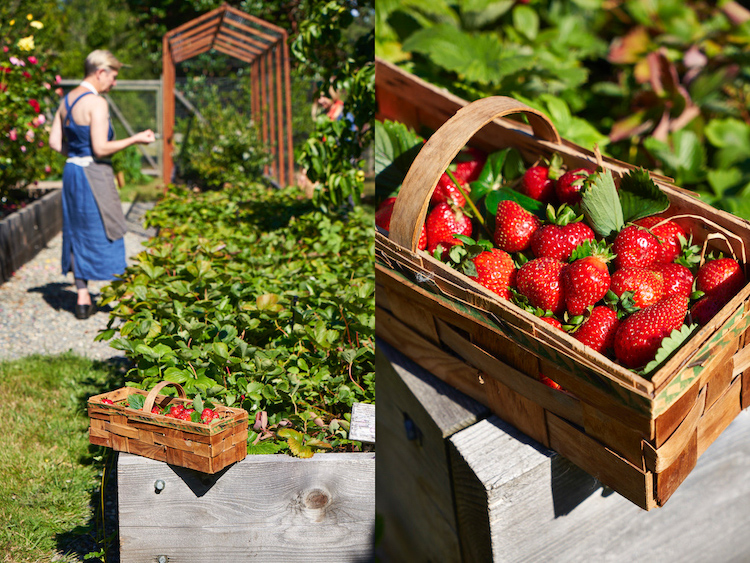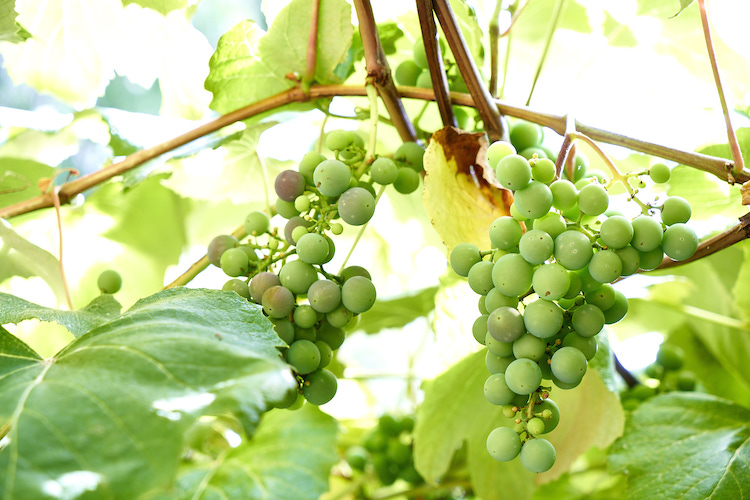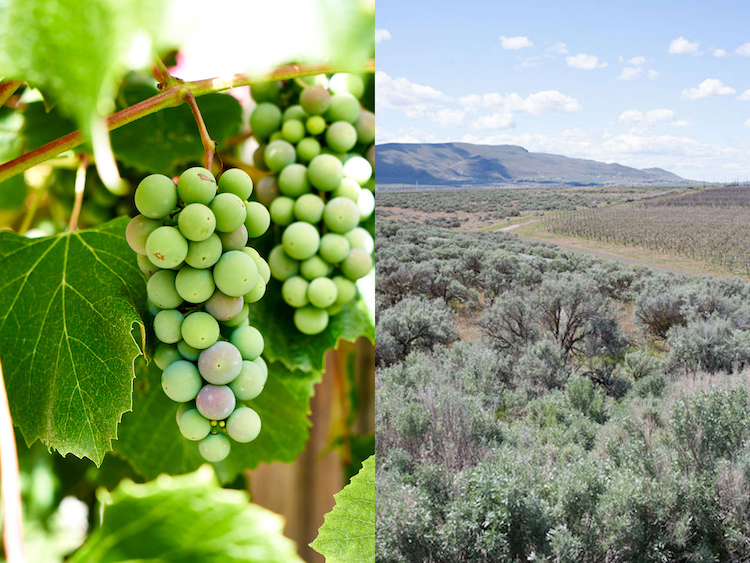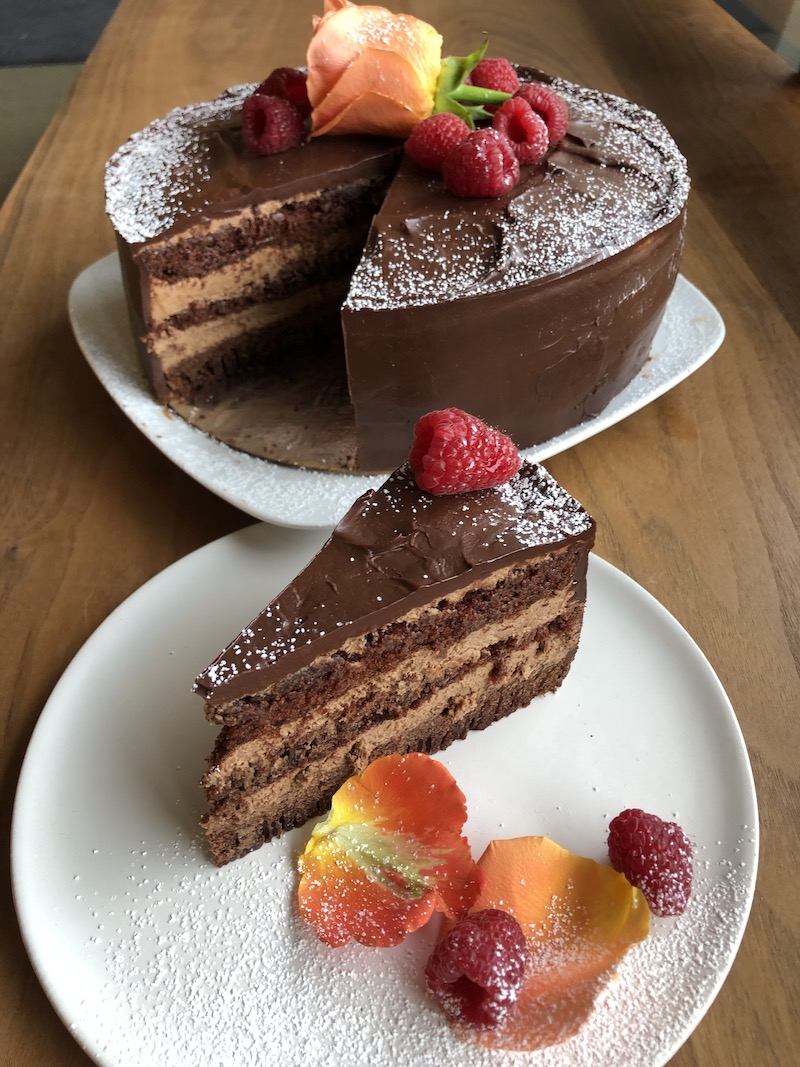Now in her second season of growing wheat on her farm, Leslie Mackie shares the challenges and joys of her experience.
Baking was my first love, but gardening is not far behind. To me, they go hand in hand. So when someone suggested I put the two together and grow wheat on my Vashon Island farm, I thought, why not? I dreamed of making wholegrain bread from wheat I grew myself. Last year, I planted my first crop. Regular readers of this blog will recount my post on just how hard I worked to yield a mere twelve pounds of wheat. So, you ask, why go through that again?
Well, I’m nothing if not persistent. In fact, baking teaches you persistence. Great bread and pastries are the result of recipes developed by failing better with each new version until you finally sink your teeth into a loaf that tastes just like you dreamed it would.
Armed with the long list of lessons learned with my first crop, I cleaned up the two-acres I had tilled for wheat. When you hear about the wheat farms in Eastern Washington that measure in the thousands of acres, two doesn’t sound like much. But when you’re doing much of the work by hand, it looks pretty intimidating.
I’d been monitoring the weather all April, waiting for a period of rain. Last year, I’d gotten my seeds in the ground too late. This year I was on it early. But the weather has its way with farmers, as they’ll readily tell you. On this side of the mountains, one thing you can usually count on in April is rain. Not this year! We’d been having a historically dry month. Fortunately, near the end of April, still in my optimal planting window, a storm system was rolling in from the Pacific.
I had bags of Bow Edison wheat seeds, a hybrid heritage grain developed by Dr. Stephen Jones at the Bread Lab in Mount Vernon that grows well in this climate. I hauled them out to the field and began casting. You cannot imagine the tranquility of casting the wheat seeds over the freshly tilled earth. Even the birds seemed to celebrate, carrying on with their song. Then the mild wind picked up, the warm sunlight faded, and sprinkles of rain pocked the dry soil.
After spreading the seed, I still had to rake them into the soil. Even though I was soon tired, I kept at it for three hours in ever heavier rain. Finally, I clomped my way back to my mudroom. Safe to say, it earned its name. I looked out at the field, exhausted but utterly satisfied knowing the seeds will germinate properly with the three days of rain ahead. After that, a dry spell. The sun would warm the soil and begin the growth.
With this year’s crop in the soil, I drove up to the Bread Lab with the wheat I’d harvested last year. Steve Lyon, a senior scientific assistant at the Bread Lab, had promised to help me process it. With the help of an intern from Italy, Steve ran my wheat through an old combine of theirs. Separating the kernels by hand is a prolonged process. Doing it, you understand very quickly how threshing came to be synonymous with spending lots of energy to produce very little. But with the aid of the combine, it didn’t take long for Steve and his assistant to turn my bags of wheat stalks into 10 pounds of clean kernels. To me, it looked like a bag of gold!
Finally, I made my first loaves with wheat I’d grown myself. As it goes with baking, the first loaf wasn’t perfect. I’d milled the wheat too coarsely. A finer grind and the second loaf turned out much better—but still not perfect. The flavor was amazing, but the texture wasn’t quite right. So, on to the third loaf, with further refinements.
If it was easy, I might get bored. Passion projects like this, and continuing to learn about this amazing grain and what you can do with it, are what make me thrilled to still be baking bread more than 25 years after opening Macrina.
Leslie

